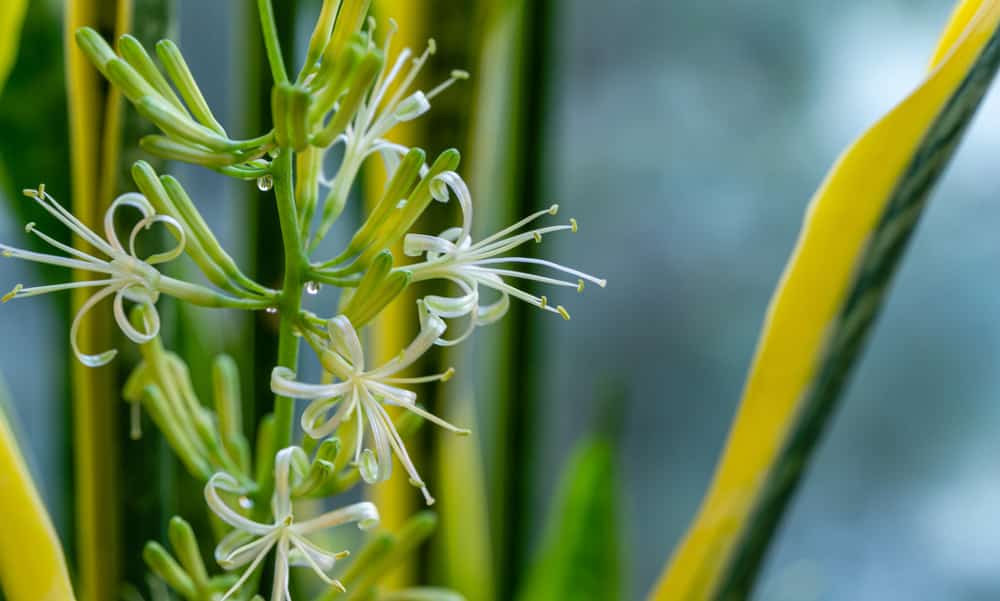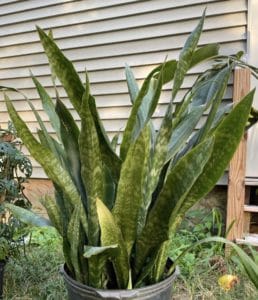Snake plants, also known as sansevieria, are among the most popular houseplants due to their hardiness and striking appearance. As a low-maintenance plant that only needs repotting every other year or so, taking care of your snake plant is relatively easy. But when should you repot your snake plant?
Let’s look at how to tell if your snake plant needs a new pot; we’ll also provide some repotting tips!
When to repot snake plant

When to repot depends on the size and health of your plant. If your snake plant is becoming root-bound (i.e., its roots are growing out of the drainage holes in the pot), it’s time to repot. It’s also a good idea to repot when you notice that your snake plant’s health is declining or if you want to give it a larger pot. Generally, snake plants should be repotted every other year.
How to Tell If Your Snake Plant Needs Repotting
One way to tell if your snake plant needs repotting is by looking at the roots. If you see them pushing out of the drainage holes in the bottom of the pot, it’s time to repot.
You can also check the soil. If it feels dry and hard, it indicates that your snake plant needs more room for its roots to grow. Lastly, take a look at the leaves. If they are wilting or turning yellow, this could be due to too little water, which is a sign that your plant needs to be repotted.
Which Season to Repot
The best time to repot your snake plant is in the spring or early summer when it’s warm enough for the plant to start growing again. It’s also important to wait until after the last frost date in your area before repotting, as temperatures below 50 degrees Fahrenheit can damage the roots of your snake plant.
During the winter, snake plant growth will slow down, so it’s crucial to repot your plant in the spring or summer when it’s actively growing and has time to establish itself before the colder weather sets in.
Can Snake Plants Be Planted Outdoors?
Snake plants can be grown outside in a warmer climate. They prefer indirect sunlight and warm temperatures, so they do best indoors or in sheltered outdoor areas. These plants also do well outdoors in USDA zone 9 through 11.
If you want to plant your snake plant outdoors, make sure you choose a spot with semi-shaded, well-draining soil and wait until after the last frost date before planting outside.
Tips for Repotting
When repotting your snake plant, it’s essential to use fresh potting soil and a pot with drainage holes in the bottom. As snake plants are succulents, you can add some perlite to the earth to help with drainage.
Make sure to water your plant well after repotting and place it in a location with bright, indirect sunlight. It’s also important to give the plant time to adjust to its new environment. After repotting, wait two weeks before fertilizing or pruning the leaves.
Conclusion
Snake plants generally need to be repoted every couple of years to have space to grow and remain healthy. If your plants are root bound this is a sure sign that it’s time to repot your plant. With proper care and attention, your snake plant will thrive for years.

